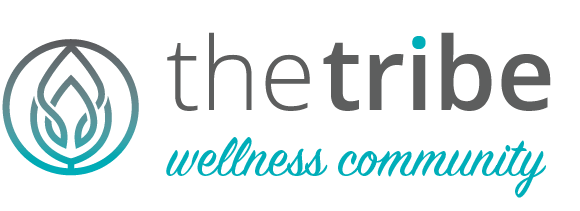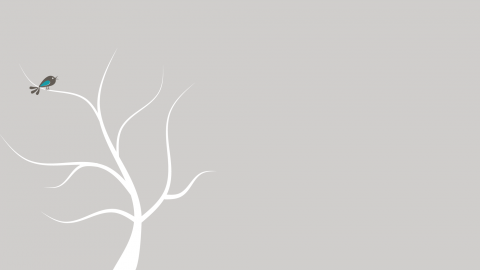I found this on the web and thought I would keep it for my own benefit and maybe the benefit of others.
Carbohydrates is one of the most dreaded words in America. With popular diets such as Atkins and South Beach criminalizing the carb, what does a person do to eat right, and yet still have their bread?
Basically there are two kinds of carbohydrates – "good" and "bad." Good carbs have a minimal impact on your blood sugar levels without causing them to spike or drop too drastically. For when blood sugar levels fluctuate, that’s when you end up feeling hungry, shaky, or even nauseous, and usually find yourself gorging on the nearest sugary, empty calorie snack. Good carbs are also full of vitamins, minerals and fiber, which are all necessary for a balanced, healthy diet. Bad carbs, on the other hand, are full of sugar and white flour, which send blood sugar levels skyrocketing upwards. Although you may feel full briefly, soon your body will up the sugars and simple carbohydrates, resulting in more hunger. Because as your blood sugar levels fall lower than where they were before, it creates hunger pangs. It’s a bad cycle.
|
|
This is where diets such as Atkins and South Beach step in. Although different from one another, each diet stresses the need to refrain from food items containing white flour or sugars. In this way the American public has become more aware to the differences in carbohydrates.
However, sometimes the diets take it a little too far. Complete abstinence from carbohydrates is not a healthy choice in the long run. A necessary nutrient, carbohydrates supply the body with energy and fiber. Bulkier carbs that are low in calories fill you up. Even the human brain reacts to the ingestion of carbs, releasing chemicals upon their absorption.
And sometimes it’s those “feel-good” chemicals that make it so hard to say “no” to another cookie. For humans are programmed to dive straight into sugar; a quickly digested instant burst of energy, sugar is directly related with serotonin, the “happy chemical” in the brain. But sugar is also an instant diet breaker. White flour food items such as white bread, pasta, waffles, pancakes, cookies and baked goods are, essentially, nutritional wastelands. High in calories, low in nutrients, and usually delicious to boot, these “bad carbs” are guaranteed to be bad news for your waistline.
So, how to incorporate carbs in your diet? Become a fiber fiend and make sure that you’re picking the correct carbohydrates. Read food labels – make sure that all bread and cereal products are made with “whole wheat” or “whole grain.” Skip anything simply labeled “wheat” or “brown.” And refrain from any food items made with white flour, which is simply empty calories, destined only to make your hungrier.
So what can you eat? Well, fruit and vegetables are always good options. If trying to limit your sugars, however, keep an eye on how much fruit you are consuming, as all fruit contains natural sugars. A good rule of thumb is to pick fruit that has a high fiber or water content, which will keep you feeling satisifed longer. Apples and berries are high in fiber. Melons are low in calories and full of water. Try an avocado or a tomato; these fruits are often overlooked but are simply packed with vitamins. Be wary, however, when picking up a peach or a citrus fruit, as these are loaded with natural sugars. Vegetables, on the other hand, are the perfect snack and meal option. Full of everything your body needs, from antitoxins to antioxidants, vegetables are high in fiber and naturally low in calories and sugars. The exception? Try to refrain from starchy vegetables such as corn and potatoes.
But what about baking? Use whole wheat flour. Grab a whole grain bagel. Brown rice, wild rice, millet, barley and oatmeal are all good options. Try making oatmeal pancakes with whole wheat flour; load up on bulgur instead of white rice. Try food that mixes protein and carbs – legumes are a good idea. Lentils, chick peas, black beans, even fat-free vegetarian refried beans are an option!
If you’re really out to beat carbs, try adding some protein to any snack. Use a slice of cheese, add a tablespoon of peanut butter, or grab a slice of turkey. But just make sure, no matter what, to keep an eye on your calories intake. For it’s calories that will make or break your waistline in the end.



